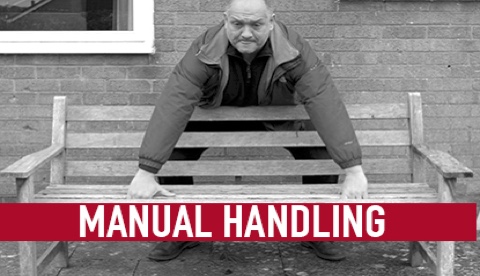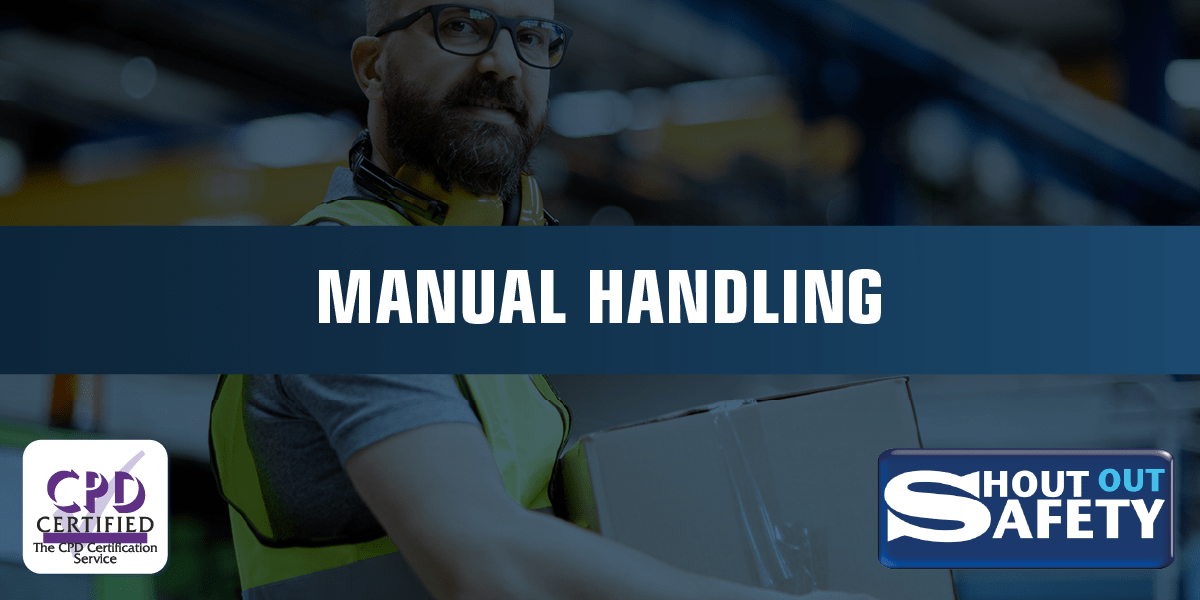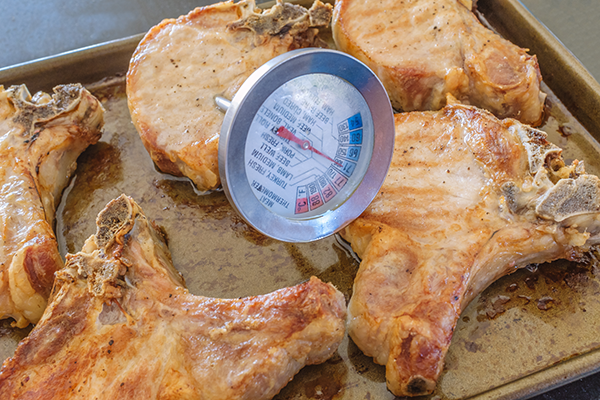Knowing your manual handling weight limits and applying the correct manual handling techniques is extremely important for your safety. Were you aware that manual handling causes approximately 40% of all workplace injuries? These injuries can range from arms, legs, neck, joints, and back. As a result, musculoskeletal disorders (or MSD’s) triggered by daily work activities (or manual handling) are a large contributor to workplace absenteeism.
The HSE have reported that 25.7 million working days were forfeited in 2016 and 2017 due to work-related illness. Musculoskeletal disorders accounted for 35% of this number. Back pain and other MSDs account for approximately 40 per cent of all sickness absence in the NHS, resulting in a cost in the region of £400 million each year. Such a large amount of lost days considerably impacts productivity and output, as employees simply aren’t in work to complete their jobs. Manual handling training is important for reducing this figure and improving overall productivity.
It’s extremely important to remember your Manual Handling Weight Limits when partaking in lifting activities.
There is no maximum weight that can be lifted whilst working. Guidelines suggest that the maximum weight men should lift when holding loads close to the body at around waist height at work is 25kg. This is lowered to 5kg for loads held at arm’s length and/or at above shoulder height.
In simpler terms, 25kg is about three times the weight of a bowling ball (or 6 times the weight of an average cat- this could be easier to imagine). Generally, 20-25kg is considered heavy by the majority.
There are therefore numerous factors to evaluate when determining whether the load a person lifts at work is ‘safe’. You must carry out a manual handling risk assessment to assess any manual handling or lifting that an employee is required to do as part of their employment.
Before any lifting activity, consider:
- What are my manual handling weight limits?
- Do I need to move it?
- Can I use a handling aid? Eg. Sack trolley
The amount of weight you are able to transport typically depends on 4 main factors
- The person- everyone’s competences will vary. A person’s age or body type will contribute to this
- The task- if the same lift is done too often or for too long, it will add unnecessary strain
- The load- if its uncomfortable or bulky to lift, this could impact your ability to hold it safely and could slip out of your hands
- The environment- if there’s bad lighting, the floor is slippy, or you’re wearing inappropriate clothing, this can add more risk to manual handling

Here is a chart specifying the Manual Handling Regulations’ guidance of weight load for safe levels of manual handling and foreseeable risk:

(Photo credit: https://www.oakwoodsolicitors.co.uk/knowledge/manual-handling-what-you-need-to-know/)
If the load moves within zones and is held near to the body with downward pointing arms, then the upper weight limit can be chosen. Thus, for example, if a man is carrying a load at elbow height, the load should not surpass 15kg.
If the load moves within zones but is not kept near to the body and is held with extended arms, then the lower weight limit must be chosen. If a woman is carrying a box at knuckle height under these conditions, it must not surpass 10kg.
If the load is moving between zones – e.g. if a load is being lowered from knuckle to mid lower leg height – then the lower weight limit must be selected.
You must follow these rules. Muscle and joint strain can result in long term injuries and discomfort which can affect day to day duties in and outside of work.
If you feel uncertain, seek advice or get help.
Do you need a course in manual handling?
About the Shout Out Safety Manual Handling online course
This entry-level CPD accredited course is in 4 sections and covers the following subjects:
- What is manual handling?
- Manual handling injuries
- Medical descriptions
- Duty of employers and employees
- Avoid, assess or reduce the risk
- Best practice: doing it safely
There are 4 sets of questions which you will need to answer. Achieve the pass mark and you’ll be able to move onto the next section. This is important training – no-one wins if the trainee isn’t concentrating. Shout Out Safety courses are entertaining because we’re serious about Health & Safety training. Learning is easier when people are engaged (and they engage much more when they’re entertained).
This Manual Handling video course is accredited and endorsed by The CPD Certification Service. Once you’ve completed the course you’ll be able to immediately download a unique, personalized and endorsed certificate to keep with your records or to pass onto your employer.

Food Hygiene and Safety Level 2 Course
About Our Food Safety Level 2 Course
Our Level 2 Food Hygiene Certificate Course is an engaging, accredited online training designed for food handlers across all industries.
Developed by industry experts, this course meets all food safety level 2 regulations and best practices.
Delivered through high-quality, video-based modules, it provides an easy-to-follow and interactive learning experience.
Who needs a Level 2 Food Hygiene certificate?
Anyone working with food – whether in catering, hospitality, or retail – should obtain a Food Hygiene Level 2 Certificate to ensure compliance with food safety regulations.
This includes those employed in food handling roles such as:
• Chefs, cooks, and kitchen assistants
• Baristas, bartenders, and front-of-house workers
• Teachers, childcare providers, and nursery staff
• Care workers, charity workers, and support staff
Additionally, Level 1 Food Hygiene is suitable for individuals who do not handle food directly, while Level 3 Food Hygiene is recommended for catering managers.
This Level 2 Food Hygiene Certificate Course ensures that you meet all necessary food safety standards.







